Conflict and Peacemaking in South Asia
Synopsis
South Asia has an image of being a protracted conflict-ridden region where many interstate conflicts persist without any settlement. Yet, there is no denying the fact that conflicts have con-currently created opportunities and pressures for peace; various bilateral and multilateral attempts at peacemaking have coexisted with the conflict process itself, but their success is limited in some cases. The South Asian states accept this reality; breakdown in peace process does not undermine their interest in conflict resolution. This point is reflected and underlined in this volume. The volume brings together a host of experts to analyse competing interests of the South Asian states leading to interstate conflict formation and examine their various attempts at conflict containment and resolution. The inter-state competition is primarily for strategic preponderance, security, territory and water resources; the principal competitors are India, China and Pakistan. Importantly, India as a contestant is common to both China and Pakistan. Disputes of smaller countries (Bangladesh, Nepal and Sri Lanka) over territory and water resources are also primarily with India. This explains the Indo-centric framework of the region where conflicts crosscut and, therefore, their resolution becomes difficult. Bilateral approach to peacemaking is predominant in the region. It is a highly contested approach as Pakistan and other countries have always made their preference for third party mediation or arbitration. Although India accepted external involvement in conflict resolution in the past, it does not subscribe to the multilateral approach any more. Rather, it seeks to resolve its conflicts through bilateral means. However, there is a strong external force that works as a push factor for peacemaking in South Asia. The United States and the United Nations have always showed their interest in peace particularly between India and Pakistan. Assessment of how the exigencies of bipolar competition impacted on peacemaking efforts and to what extent the US influences the India-Pakistan normalisation process is also made with a special reference to strategic competition and territorial disputes. The volume is thematically set against the backdrop of India-Pakistan nuclear explosions in May 1998 and their intractable dispute over Kashmir. Empirically rich and analytically sound, the volume has both contemporary relevance and historical significance. It will be of enduring interest to defence analysts, diplomats and scholars and students of South Asian politics, strategic studies, and peace and conflict studies.
Read more
47.70
42.93
$
53.00 $
Free delivery Wolrdwidе in 10-18 days
Ships in 1-2 days from New Delhi
Membership for 1 Year $35.00
Get it now and save 10%
Get it now and save 10%
BECOME A MEMBER
Books by the same author

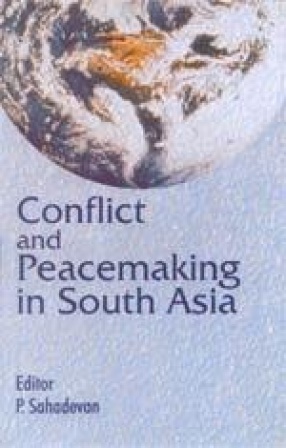

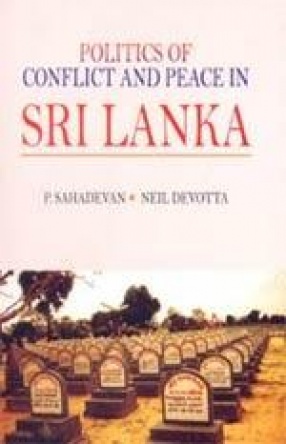
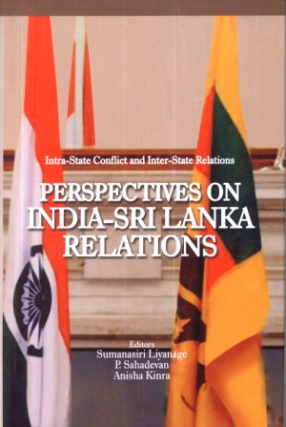
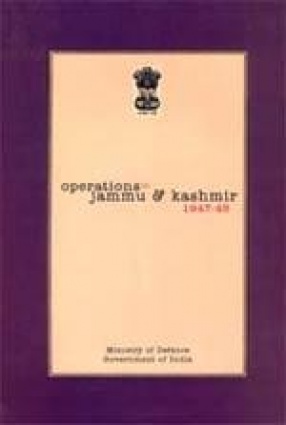
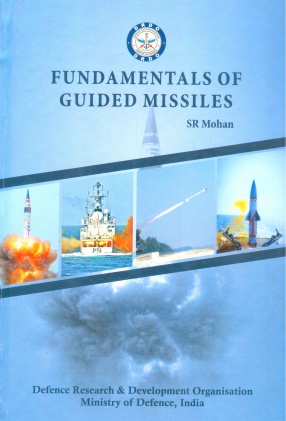
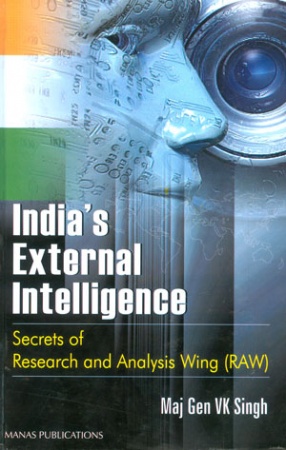
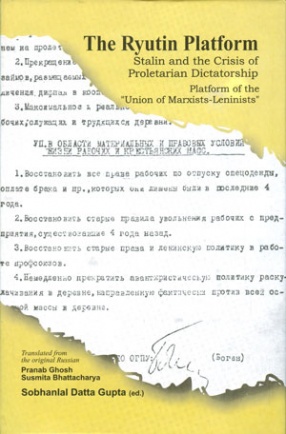

Bibliographic information